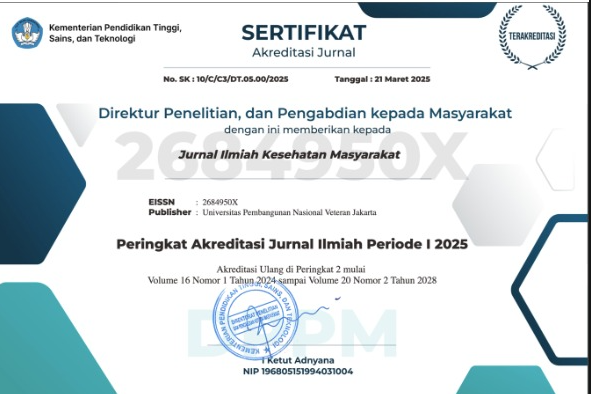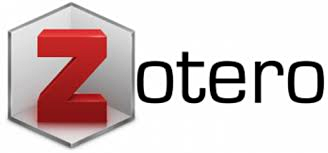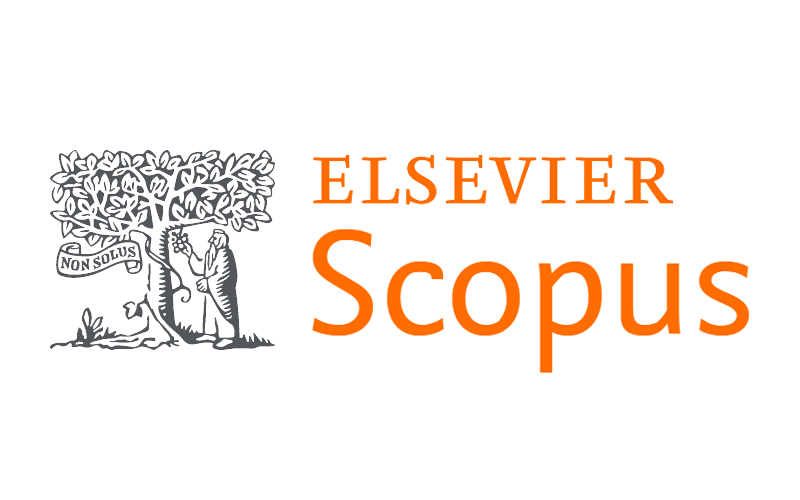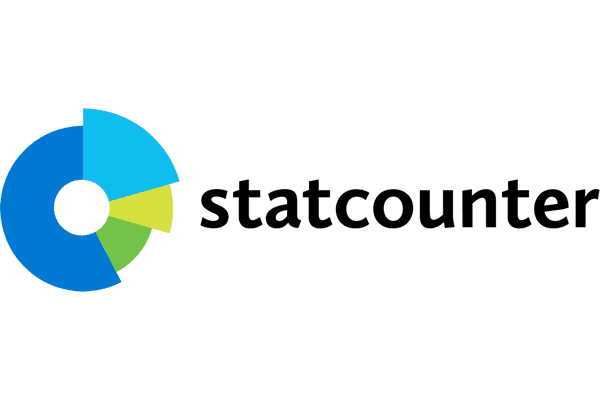Determinants of Antiretroviral Therapy Success in HIV/AIDS Patients
Abstract
Background: HIV/AIDS is still an important public health issue globally and Antiretroviral therapy (ART), considered as a foundation for the disease care. Succeeding in viral load suppression is very important for successful ART treatment although other factors get involved in this. Objectives The present study is to determine the factors of negative outcome for ART (non- success) based on patient viral suppression in HIV/AIDS, Bekasi district Indonesia.
Method: Secondary data from HIV/AIDS Information System (SIHA) at Bekasi District Health Office were extracted with cross-sectional study that involved from January 2023 to September 2024. Patients on ART (n=811). We analyzed data with STATA version 17, performed univariable and bivariable analyses to identify factors associated with viral load suppression
Results: Viral load suppression (≤50 copies/ml) was achieved by most patients (87.3%). High adherence (PR Adjusted: 5.27; p=0.000), clinical severity stage (PRA:2.52; p=0.000) and use of TLD regimen (PR Adjusted: ); p= 0.001) were significant predictors of unsuppressed viral load. Suppression rates were better in patients with HIV-negative or unreported status partners (PR Adjusted: 0.78; p=0.004).
Conclusion: ART success in Bekasi District is dependent on appointment adherence, clinical stage, ARV regimens and partner is on HIV post- treatment, particularly relevant for national and global HIV/AIDS control strategies in terms of increasing the adherence at same time early initiation of ART as well individualized ARV regimens.






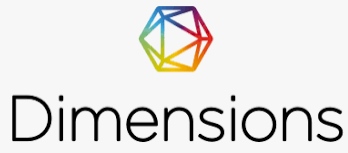


.jpg)
